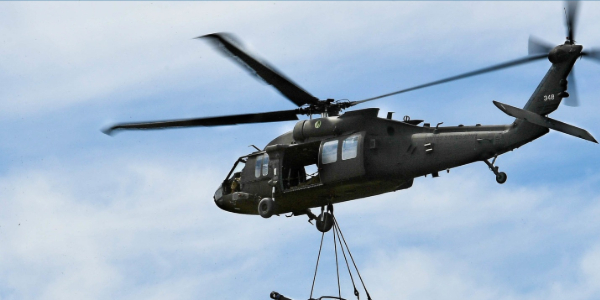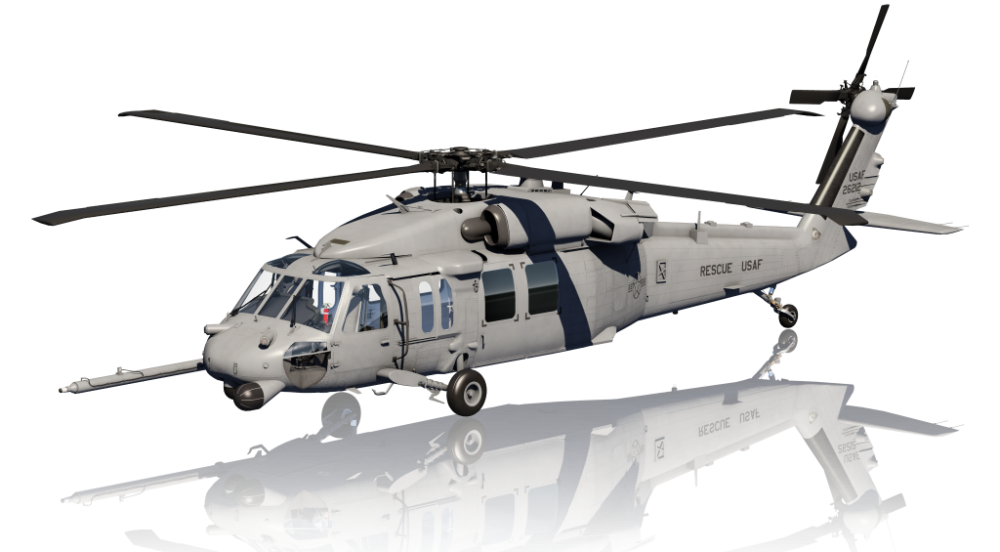The Effect of Sustainable Practices on the Future of Aircraft Procedures and Emissions Decrease
As the air travel industry encounters boosting examination over its environmental effect, the fostering of sustainable methods becomes a vital pathway toward future airplane operations and exhausts decrease. Technologies in lasting aeronautics fuels and improvements in hybrid propulsion modern technologies stand at the center of this makeover, promising considerable reductions in greenhouse gas exhausts. The successful assimilation of these efforts hinges on a range of factors, including regulative structures and industry collaboration. The inquiry remains: just how will these progressing techniques reshape the dynamics of flight and contribute to a more sustainable future?

Summary of Lasting Practices
Lasting practices in airplane procedures include a variety of approaches targeted at reducing environmental influence while maintaining functional efficiency. These methods are essential in the aeronautics sector's commitment to minimizing its carbon footprint and adhering to worldwide environmental criteria. Secret initiatives consist of maximizing trip paths to decrease fuel usage, improving maintenance procedures to guarantee airplane run at peak efficiency, and carrying out innovative modern technologies such as winglets and lightweight materials that enhance the rules of aerodynamics.

Training and engaging personnel on sustainability techniques additionally play a crucial duty, cultivating a culture of environmental duty within organizations. In general, the assimilation of these lasting methods not just aids minimize exhausts yet additionally boosts the long-term practicality of the air travel market, guaranteeing it fulfills the demands of both consumers and regulative bodies while adding to global sustainability objectives.
Cutting-edge Fuel Alternatives
Various ingenious gas alternatives are becoming crucial services to lower the aeronautics sector's reliance on typical nonrenewable fuel sources. Amongst these choices, Lasting Aviation Gas (SAFs) have actually gotten considerable attention because of their prospective to decrease lifecycle greenhouse gas discharges by up to 80% contrasted to traditional jet gas. SAFs are stemmed from different feedstocks, including waste oils, farming deposits, and even algae, making them a functional alternative for the industry.
An additional encouraging choice is hydrogen fuel, which, when made use of in fuel cells, creates only water vapor as a by-product. This zero-emission prospective presents a significant opportunity for decarbonizing flight procedures, especially for short-haul trips and regional aircraft. Additionally, electric propulsion systems are being explored, leveraging battery modern technology to power aircraft. While present battery capability limits array and haul, recurring advancements may soon make electric trips practical for certain applications - uh 60.
Lastly, biofuels derived from biomass are being examined, providing an eco-friendly alternative that can be blended with conventional gas. Collectively, these innovative fuel choices represent a vital step towards attaining a sustainable aeronautics environment, aligning with worldwide exhausts reduction targets and enhancing the industry's ecological stewardship.
Technological Developments in Aviation

How can technological innovations improve the future of aeronautics? The assimilation of sophisticated innovations is crucial in transforming airplane procedures, enhancing performance, and decreasing exhausts. Developments such as electrical and hybrid propulsion systems go to the leading edge, promising considerable decreases in fuel usage additional info and greenhouse gas emissions. These systems take advantage of advancements in battery modern technology and power monitoring, making it possible for airplane to operate with a lower ecological footprint.
Moreover, the application of advanced products, such as light-weight composites, adds to enhanced aerodynamics and fuel performance. The use of expert system and artificial intelligence in flight operations enhances course preparation and reduces fuel burn by enabling real-time modifications based upon climate and traffic problems. Furthermore, the advancement of independent and remotely piloted airplane systems stands to transform freight and traveler transportation, potentially enhancing performance while minimizing human error.
Moreover, lasting aeronautics modern technologies, including advanced air website traffic management systems, can lower and simplify procedures Resources congestion, leading to lower emissions during flight. These developments collectively stand for a standard change in air travel, guaranteeing a future where sustainability and functional effectiveness are linked, consequently sustaining the market's dedication to minimizing its environmental effect.

Governing Framework and Compliance
Taking into account the expanding emphasis on ecological stewardship within the air travel field, the governing framework governing airplane operations is advancing to promote sustainable techniques. Regulative bodies, such as the International Civil Aeronautics Company (ICAO) and various national aeronautics authorities, are presenting stringent standards focused on lowering emissions and enhancing operational efficiency.
These regulations typically consist of the fostering of Sustainable Air travel Fuel (SAF), which has been recognized as a crucial component in attaining lower carbon footprints. Compliance with these guidelines needs airlines to execute innovative innovations and operational techniques, such as optimized trip paths and boosted air website traffic management, to lessen gas intake.
Additionally, the enforcement of emissions trading plans and carbon balancing out campaigns is coming to be increasingly common, engaging airline companies to keep an eye on and report their exhausts properly. Non-compliance can result in significant penalties, thus pushing operators to prioritize sustainability in their service versions.
Ultimately, the evolving regulative landscape not only drives advancement and investment in environment-friendly technologies but also fosters a culture of accountability within the aviation industry. As these structures remain to establish, the concentrate on lasting techniques will be important to accomplishing the market's long-lasting environmental objectives.
Future Fads in Aircraft Workflow
As the aeronautics industry adapts to a progressively rigid governing atmosphere, future fads in aircraft important source procedures are established to concentrate on innovative remedies that better boost sustainability and effectiveness - uh 60. Secret developments will likely include the adoption of innovative air web traffic management systems, which use real-time information and expert system to enhance flight courses, decreasing fuel intake and emissions
Another substantial pattern is the increased integration of lasting air travel fuels (SAFs) These choices to traditional jet gas, derived from sustainable sources, can dramatically reduce lifecycle greenhouse gas emissions. The sector's dedication to SAFs will likely accelerate as airline companies collaborate with gas producers to ensure availability and cost-effectiveness.
Furthermore, the press towards electrification and crossbreed propulsion systems is getting energy. Arising aircraft layouts will certainly integrate these innovations, using quieter and much more efficient operations, specifically for short-haul trips.
Final Thought
In final thought, the integration of sustainable techniques in airplane procedures holds considerable capacity for emissions decrease and boosted effectiveness. The fostering of lasting aviation fuels, paired with improvements in hybrid and electric propulsion systems, is crucial for decreasing lifecycle greenhouse gas exhausts. Optimizing flight courses and accepting ingenious technologies contribute to a quieter and a lot more eco friendly aviation sector. Collectively, these efforts line up with worldwide sustainability goals and lead the way for a greener future in aeronautics.
Innovations in sustainable aviation gas and innovations in crossbreed propulsion technologies stand at the leading edge of this change, appealing substantial reductions in greenhouse gas exhausts.Various innovative gas choices are arising as critical remedies to minimize the aeronautics market's reliance on typical fossil gas - uh 60. Amongst these options, Lasting Aeronautics Fuels (SAFs) have actually gained significant focus due to their potential to reduce lifecycle greenhouse gas emissions by up to 80% compared to traditional jet gas.One more significant fad is the raised integration of sustainable aeronautics fuels (SAFs) The fostering of lasting aeronautics gas, combined with improvements in hybrid and electric propulsion systems, is crucial for decreasing lifecycle greenhouse gas discharges